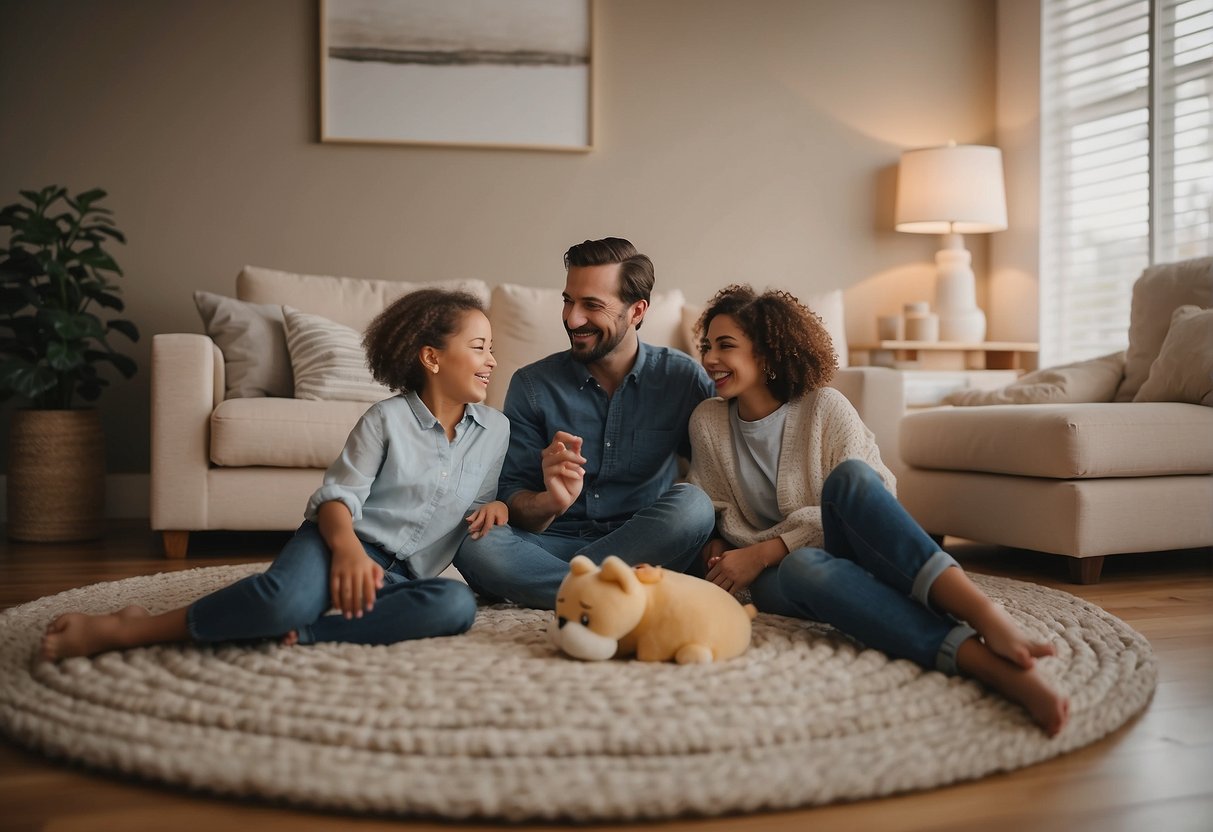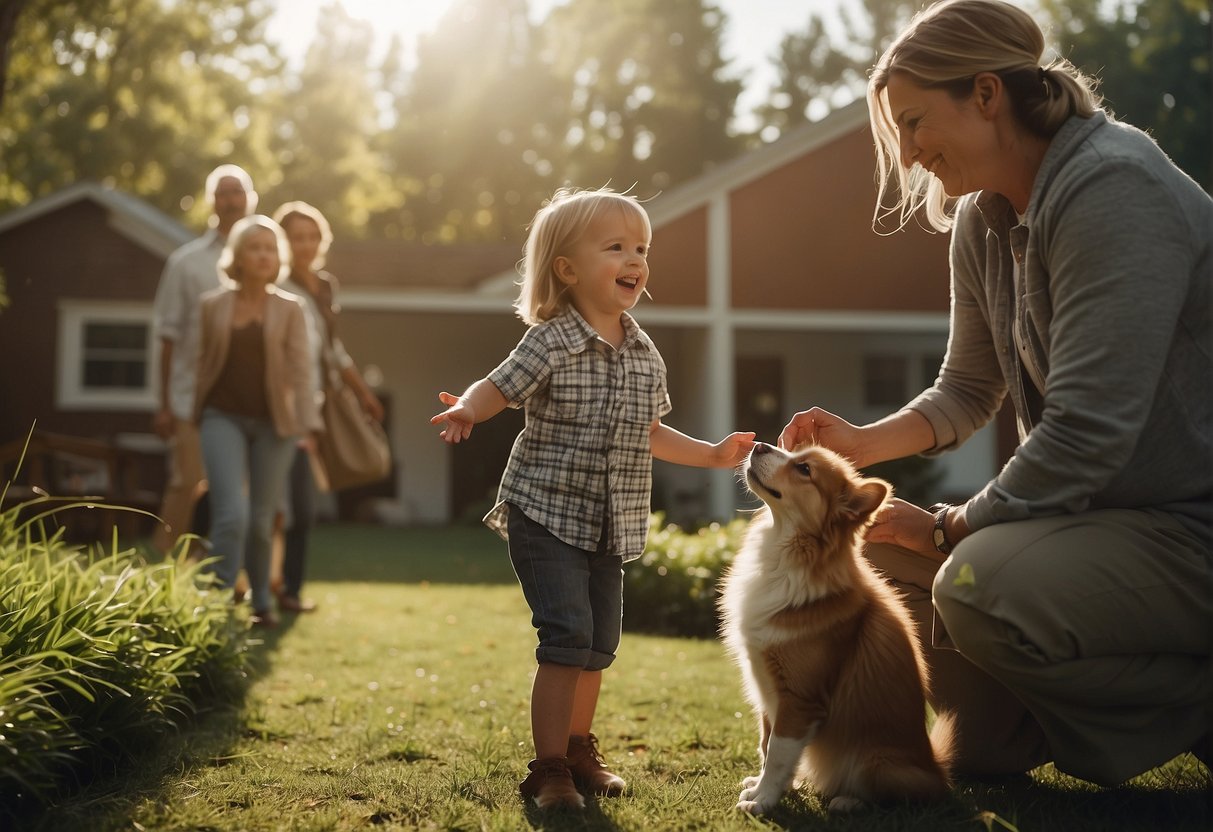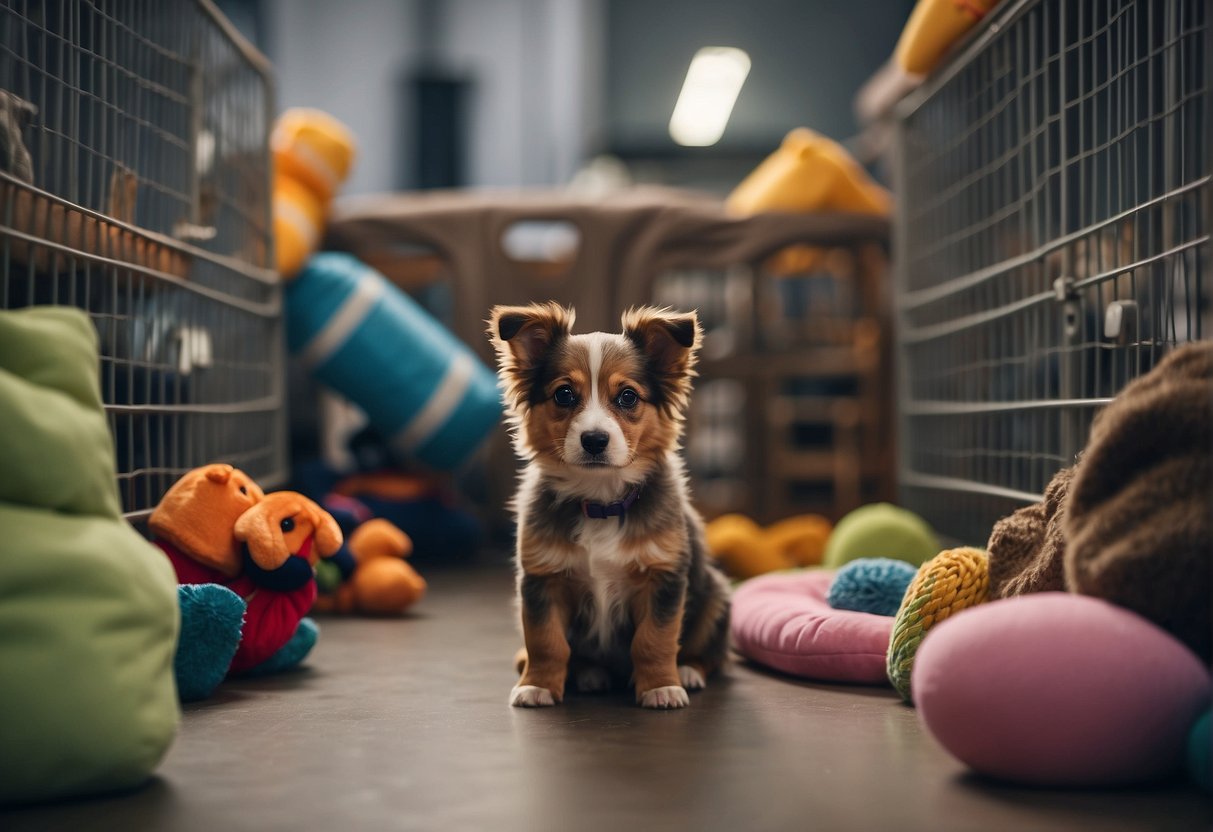Adopting a dog is a significant emotional commitment, one that extends well beyond the initial excitement and joy of bringing a new companion into your home. Understanding and preparing for the emotional impact of dog adoption is as important as ensuring you have the necessary supplies and environment for your new pet.
While dog adoption can fill your life with affection and purpose, it also involves adapting to the unique needs and personality of your dog, which may include overcoming challenges such as behavioral issues or past traumas.

It’s crucial to anticipate the emotional journey ahead. This journey may be filled with rewarding moments as well as periods that demand patience and resilience. Developing a strong support system, such as friends, family, or local dog owner communities, can provide guidance and moral support when needed.
Preparing your home and your heart takes thoughtful consideration, ensuring that both you and your adopted dog can start this new chapter with confidence and security.
Key Takeaways
- Dog adoption involves an emotional investment that continues long after bringing your dog home.
- Building a support system is beneficial for navigating the challenges of dog ownership.
- Anticipating and understanding the emotional journey can lead to a rewarding relationship with your adopted dog.
Emotional Readiness for Welcoming a New Dog

Welcoming a new dog into your life is a big step. It’s important to make sure you’re emotionally ready for this new responsibility. Let’s look at what that means for you and your household.
Assessing Your Lifestyle and Environment
Before you welcome a dog, look around your living space. Ask yourself if your environment is suitable for a dog’s energy level, size, and breed. Consider:
- Is your home and yard big enough?
- Do you have enough time to provide daily care, exercise, and affection?
- Is your life stable enough to avoid unnecessary stress for both you and the dog?
Recognizing the Commitment Required
Owning a dog is a long-term commitment, often spanning over a decade. It’s more than just having a pet; it’s a promise to take care of another life. This includes regular vet visits, unexpected health issues, and daily responsibilities like feeding and exercising. Remember, the time and energy you put into your new dog will directly affect their health and happiness.
Evaluating Personal and Family Readiness
Make sure everyone in the family is on board. Each person will be part of this transition and will need to interact with the dog positively. Gauge the readiness of:
- Yourself: Are you prepared to take the lead in the dog’s care and training?
- Family members: Will they help with the dog? Are they comfortable around dogs?
- Support system: Do you have friends or family who can provide advice or help when needed?
Preparing for Emotional Challenges
Bringing a new dog home can be both exciting and stressful. You might face challenges such as dealing with behavior issues or managing anxiety—both yours and the dog’s. It’s important to have a support system, like friends, family, or a local dog community. They can offer emotional support and advice when you’re feeling overwhelmed. Remember, it’s okay to ask for help or to feel stressed; owning a dog is a big change!
Anticipating the Emotional Impact

Adopting a dog is a significant emotional event that can bring about intense feelings. You’ll likely experience a mix of emotions, from joy to anxiety, as you get ready to welcome your new companion.
Joy and Excitement of Bringing a Dog Home
Feelings of happiness often wash over new pet owners. Think of it as a burst of joy when you bring a new dog into your home. This is a time of building a new bond and reveling in the companionship that your dog brings to your life. You’ll likely find that your dog’s presence improves your overall mental health and can be a boon against feelings of loneliness.
Potential Stress Factors for New Dog Owners
However, adopting a dog also introduces new responsibilities that can be sources of stress. You may find adapting your lifestyle to accommodate your new pet challenging. Your dog may need time to adapt to their new environment, too, which can lead to anxious behaviors that require patience and understanding. It’s important to anticipate these changes and embrace the support systems available to you, whether that’s turning to friends, family, or local pet owner groups.
Handling Grief if You’ve Previously Lost a Pet
If you’ve previously experienced the loss of a pet, you may feel grief resurfacing when you adopt a new one. It’s a natural part of the emotional process, and acknowledging these feelings is important for your mental health. Give yourself permission to grieve while also allowing the new companionship to support you emotionally. The joy of building a new bond can coexist alongside the grief for your past pet.
Preparing Your Home

Before bringing your new dog home from the shelter, it’s important to create a safe and comfortable environment. You also need to establish a daily routine to give your dog the stability they need to adapt to their new life.
Creating a Safe and Welcoming Space
Start by puppy-proofing your home to ensure safety for your dog. Just like baby-proofing, this involves securing anything that might be harmful. Look for things like electrical cords, cleaning supplies, or small objects that could be swallowed. Make use of baby gates or pet barriers if there are areas of the house that are off-limits.
Next, set up a specific area that will be your dog’s personal space. This can be a cozy bed in a quiet corner, away from heavy foot traffic. Ensure that the space has everything your dog might need: a water bowl, toys, and a comfortable bed. You want to make them feel welcome and secure in their new environment.
Establishing a Routine to Help Your Dog Adapt
Dogs thrive on routine because it provides them with stability and security. Plan out a schedule that includes consistent times for feeding, walks, playtime, and bathroom breaks. Feeding your dog at the same times each day will help them understand when to expect food, which can reduce anxiety.
In terms of training, decide on simple commands to start with and make sure all household members are consistent with them. Training sessions should be short, positive, and happen at the same times each day. This consistency will help your dog learn what to expect in their new home and reduce any confusion or stress they might feel.
Long-term Emotional Considerations

When you adopt a dog, be prepared for both heartwarming moments and challenges that require your patience and commitment. It’s about nurturing a lasting companionship that grows stronger with time.
Dealing with Behavioral Challenges
Encountering behavioral issues in your new dog is common. It could be something as minor as unwanted barking or more complex like anxiety. Here’s how you can handle these situations:
- Training: Start with consistent training sessions. Use positive reinforcement to encourage good behavior, rewarding your dog with treats or praise.
- Patience: Some behaviors take time to correct. Stay patient and persistent; your dog is learning and adapting to its new environment.
Bonding with Your New Dog
Creating a deep bond with your dog is a journey filled with learning and joy. Consider these points to foster a strong connection:
- Spend quality time together. This can be through walks, playtime, or just relaxing together to bolster that sense of companionship.
- Consistent positive reinforcement not only aids in training but also helps in building trust and reinforcing your bond.
